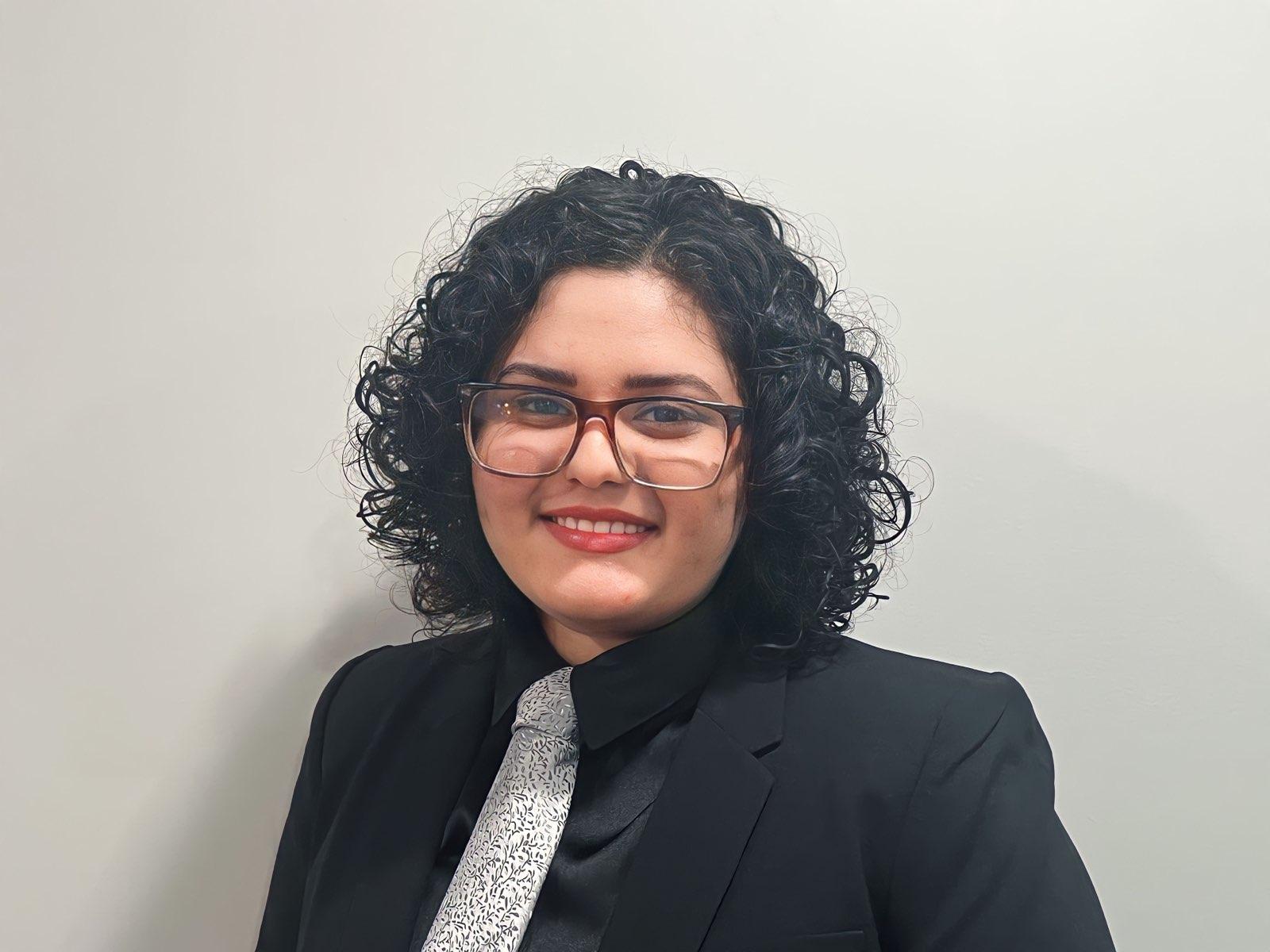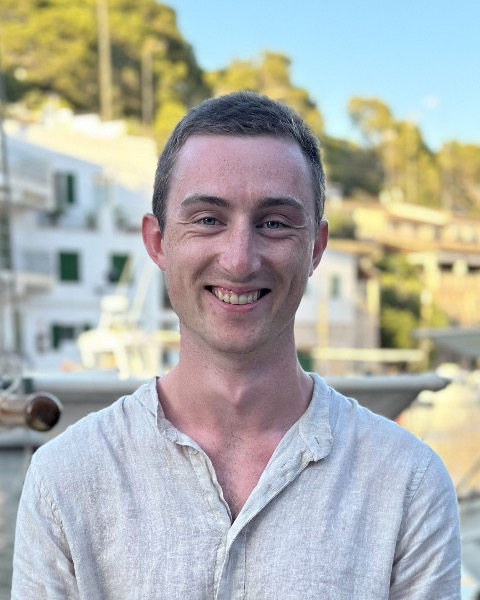Biomechanics
(D-150) Cdkn1a/p21 deletion in mice increases bone turnover during hindlimb unloading and rescues lost cancellous structures with exercise post-hindlimb unloading.

Rukmani Cahill (they/she)
Undergraduate Student
Rensselaer Polytechnic Institute
Troy, New York, United States- AK
Angela Kubik
Graduate Student
Rensselaer Polytechnic Institute, United States - MP
Meghana Pendyala, PhD
Graduate Student
Rensselaer Polytechnic Institute, United States 
Noah Allen
Graduate Student
Rensselaer Polytechnic Institute
Troy, New York, United States- MC
Margareth Cheng-Campbell
Graduate Student
Rensselaer Polytechic Institute, United States - DC
Deva Chan
Assistant Professor of Biomedical Engineering
Purdue University, United States - EA
Eduardo Almeida
Senior Scientist
National Aeronautics and Space Administration, United States - EB
Elizabeth Blaber, PhD
Assistant Professor
Rensselaer Polytechnic Institute, United States
Presenting Author(s)
Co-Author(s)
Primary Investigator(s)
It is a well-known phenomenon that every 6 months in space is equivalent to one decade of skeletal aging, which is only recovered 4 years after return to Earth. This level of atrophy is likened to elderly and bedridden patients who experience similar effects, albeit at a slower rate. Though astronauts exercise 15 hours per week and take supplements proven to increase bone density, and other potential countermeasures like dried plums, vitamin D3, and melatonin have been shown to improve osteogenesis, the mechanism of accelerated bone loss in space is largely unknown.
Bone is composed of three cell types; osteoblasts mineralize bone, osteoclasts resorb bone, and osteocytes are embedded in mineralized tissue and release biochemical signals through canalicular channels. To promote homeostasis of the mineralized matrix, osteoblast proliferation is coupled with osteoclast proliferation via gap junction and paracrine signaling pathways. Cdkn1a/p21 is one such signaling kinase which binds cyclins CDK1/2/4/6 inhibiting G1 and S stages of the cell cycle and when upregulated, it causes cell growth arrest at the G2 phase. CDKN1a/p21 has been found upregulated in spaceflight and its suppression coupled with mechanical stretch improved proliferation and mineralization in bone marrow osteogenic cells. Thus, suggesting the hypothesis that repression of p21 may maintain osteogenesis during a lack of gravitational mechanosignaling, such as during microgravity or disuse.
This study aims to elucidate the effects of consistent exercise during microgravity (HU) and subsequent recovery period in a p21 knock out (KO) animal model on bone health using microcomputed tomography.
Materials and Methods::
To test this hypothesis in a whole-organism model, we used B6129SF2/J WT and Cdkn1a-/- (KO) mice in a 6 week experiment. To simulate microgravity, the adjusted Morey-Holton method of hindlimb unloading (HU) with social housing was used. Mice were exercised on a revolving treadmill for twenty minutes three times per week for 30 days at which point recovery mice were allowed to normally ambulate with continued exercise for an additional 14 days. To quantify cortical and cancellous bone parameters, we conducted microcomputed tomography (microCT, Bruker SkyScan 1272) analyses of the femur. Three dimensionally reconstructed images of the cancellous proximal and distal epiphyses, and cortical midshaft were digitally analyzed using Bruker SkyScan softwares. In the cancellous regions, percent bone volume (BV/TV), trabecular number (Tb.N.), trabecular thickness (Tb.Th.), trabecular separation (Tb.Sp.), and trabecular pattern factor (Tb.Pf.) indicate directly loaded bone health, structural changes to the trabeculae, and their connectivity. In the cortical region, percent bone area (BA/TA), cortical thickness (Ct.Th.), endosteal perimeter (E.Pm.) and periosteal perimeter (P.Pm) demonstrate the health of indirectly loaded bone and the activity of coupled osteoblast/osteoclast proliferation.
Statistical analysis in R (version 4.2.2) was comprised of multiple four-way factorial ANOVAs to delineate the effects of each experimental condition (recovery, exercise, loading, and genotype) on the calculated metrics and whether they were dependent upon each other. Post-hoc tests included Tukey’s Honest Significant Difference test for nonsignificant interactions of conditions and estimated marginal means for significant interactions using the emmeans package.
Results, Conclusions, and Discussions::
Within cancellous bone, the recovery period rescued deleterious effects of hindlimb unloading on BV/TV and Tb.Pf. in WT mice. However, when combined with exercise, recovery did not have a significant effect. The femoral head experienced loss of Tb.N. during HU which was returned after recovery. In fact, p21 KO mice saw more return of Tb.N. (+25%, p < 0.01), though thickness and separation of the trabeculae were unchanged. Exercise decreased Tb.Sp. independently of other conditions (p < 0.05). The distal epiphysis indicated exercise induces thicker trabeculae based on the estimated marginal means (p < 0.05) but combining a recovery period with exercise did not have an effect. Recovery by itself increased Tb.Sp. in this region (HU: p < 0.001, NL: p < 0.05). Cortical bone data suggests exercised mice had more BA/TA (p < 0.05) and Ct.Th. (p < 0.005). HU significantly reduced BA/TA and Ct.Th. (p < 0.0001). p21 KO mice also had significantly less BA/TA(p < 0.001), Ct.Th. (p < 0.001), and P.Pm. (p < 0.05). Recovered mice had thicker cortical bone at the end of recovery (p < 0.05).
These results elucidate that recovery post-HU rescues bone loss in the femoral head, the primary point of loading on the femur. In other sites, the additional two weeks of recovery demonstrate signs of normal aging with thinning cancellous structures and thickening cortical bone. Exercise during HU increases bone volume likely due to increased loading promoting mechanosensitive osteogenesis. Coupled with recovery, exercise maintains bone volume across the additional 14 days achieved through increasing bone mineralization; an effect previously observed in mechanical stretch experiments with bone marrow osteogenic cells. Inhibiting p21 appears to increase the rate of turnover in bone as evidenced by decreased metrics in the midshaft accountable to coupled proliferation of osteoblasts and osteoclasts. However, this phenomenon makes p21 KO mice less susceptible to trabecular restructuring during HU and more able to rescue trabecular scaffolding during a recovery period.
Clarification of the molecular mechanism’s dependence on current bone loss prevention practices creates opportunities for its incorporation into potential pharmaceutical countermeasures for bone loss in space by targeting Cdkn1a/p21.
Acknowledgements (Optional): :
References (Optional): :
